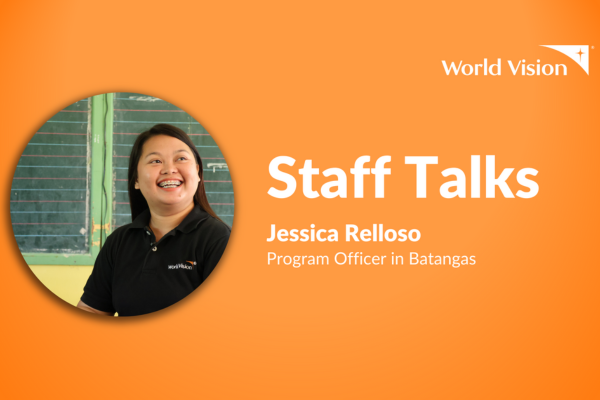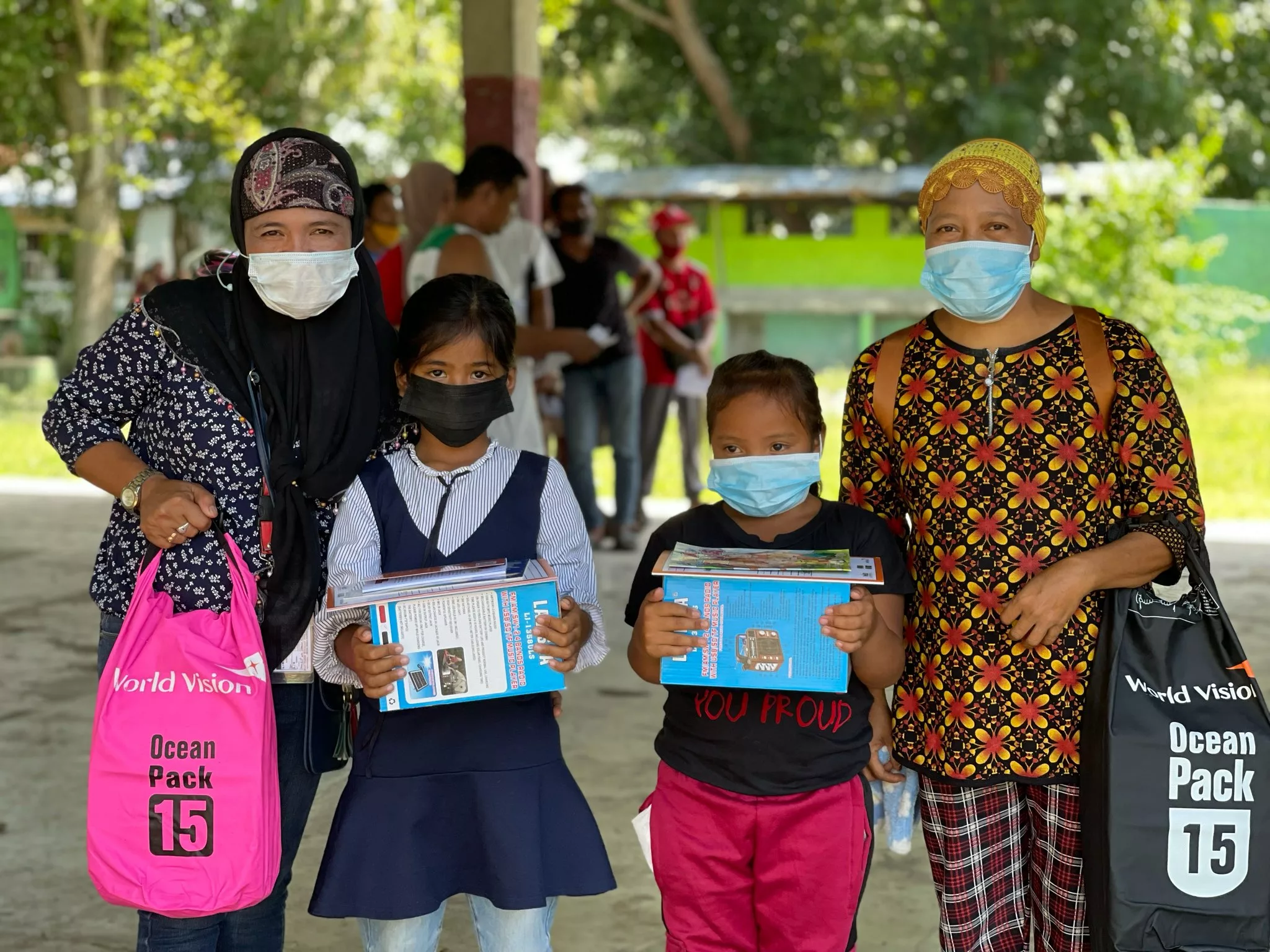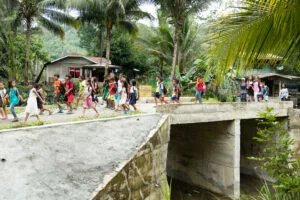Blaan mothers believe a haircut while pregnant brings bad luck
Lea’s hair is long and she has no intention of cutting it while she is pregnant. She belongs to the Blaan tribe, an indigenous people living south of the Philippines (Southern Mindanao) and usually comes from outlying upland villages. Blaan tribe are accustomed to not cutting pregnant’s hair because it might bring bad luck.

Lea, 28, is on her ninth month of pregnancy and she is very certain to follow their tribal belief that cutting hair while pregnant would bring bad luck “after I delivered my baby, I will cut my hair. Just not now,” she said.
She is currently staying in a pink halfway shelter, a birthing facility that World Vision and the local government created to house pregnant mothers coming from far-flung villages and would have difficulty traveling when they are about to give birth.

Lea lives three hours away — on foot — from the shelter. Though they have a motorcycle, the only mode of transportation of the villagers, it may not be able to go through a lake that swells up to five feet during heavy rains in the mountain. Her husband and son also stayed with her in the shelter. Other pregnant mothers are also with their husband and some family members.
Faija Seno, a local health staff, says that Blaan mothers are quite strong-willed. “They will not say when they are in labor. It is probably part of their culture to not seek help because it is a sign of weaknesses. We would only know that pregnant mothers are in labor when they keep coming back to the comfort room,” explains Seno, who has been working with pregnant mothers at the halfway shelter for eight years.
Support to pregnant mothers

Based on the World Health Organization’s report, there are three barriers in accessing maternal delivery services: “lack of money, difficulty in taking public transport, and not wanting to go home alone.”
World Vision’s halfway center makes it accessible for pregnant mothers, who are in their month or week of scheduled delivery. The three-room birthing facility has a toilet and space for cooking, electricity and comfortable beds for the mothers and their visiting or accompanying family members. The local health center is just a stone’s throw away from the halfway center.
In 2008, the Philippine’s Department of Health (DOH) released the “No Home Birthing Policy” which encouraged pregnant mothers to give birth in accredited birthing facilities instead of traditional birth attendants or hilot. This is also Philippine’s contribution in reducing child mortality and caring for mother’s health. Safe motherhood is also emphasized annually, every month of May.

Seno said their village now has two more halfway centers for pregnant mothers who are about to give birth. “Mothers’ awareness to give birth in accredited facilities has increased over the past years,” Seno says, adding that it also makes it easier for health staff and mothers to have regular check-ups and orientation on safe motherhood.
Get involved
Stay up to date with World Vision Philippines! Follow us on Facebook, Twitter and Instagram.








